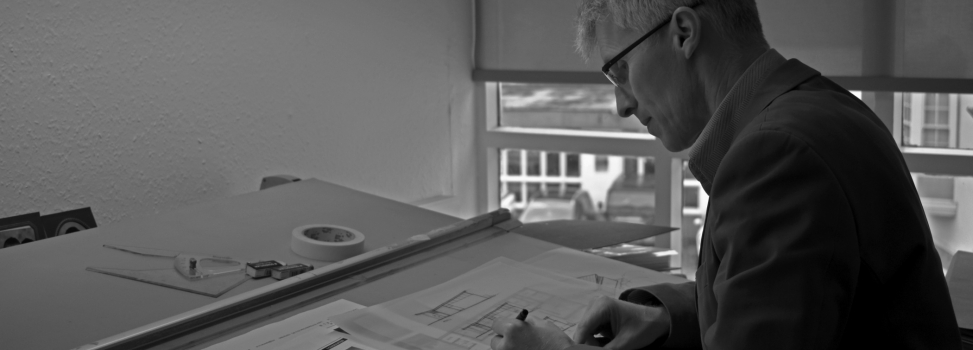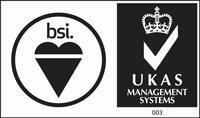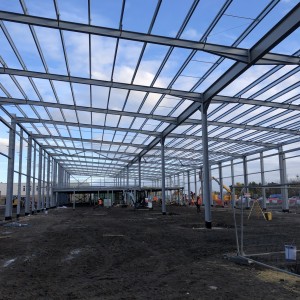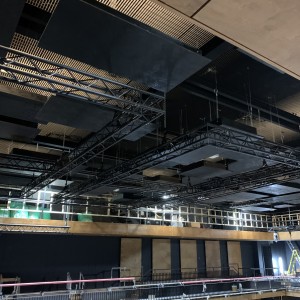All schools are challenged by the need to constantly keep their estate up to date and their facilities attractive. It is wise to develop an overall master plan, suggests architect Neil Turner.
Most clients ring me when they are looking for an idea for a building, often with a strong view on its position and even its style.
However, it’s always wise to look at an overall masterplan for a school site, even when the initial building or need is apparent. Over the years I have visited many private schools which have been developed randomly over the years, with a variety of building styles from many eras and lacking any cohesion.
Often, buildings have been constructed in a gap between others, so that previous errors in the building are exaggerated or amplified.
The first part of the desire to build new is a review of existing accommodation to identify what is missing. That sounds obvious, but not so. Creating a schedule of accommodation and closely working out functionality of your buildings will help highlight what is needed.
Of course, if you haven’t got a theatre and want one, then its’s clear what is needed. But if its new changing rooms or classrooms, the answer may be less obvious.
The appointed architect will be able to assist in creating this brief, before starting drawing. I have seen schools where they start creating plans but without having a list of rooms or a brief. So how can you assess the proposal?
The creation of the brief will help everyone – client, designer, users – to assess the design proposal.
If the school hasn’t built anything for a while, I would recommend creating a masterplan before the latest proposal or at least in parallel. The masterplan will look at all the accommodation on site, good and bad, old and new, to assess its use, costs and function.
The decision may be to knock down accommodation and replace rather than just build new. Every new building will not only require capital but also revenue to operate it, so replacement can be a clever way of building. I replaced a swimming pool at a school, making it twice as big, but using a quarter of the power required by the old one – a big revenue saving.
The masterplan will help everyone look at their estate and decide if buildings are in the right place. It is very common to find that buildings are not nearly as well located as they would be if you start with a clean piece of paper. You can’t change all the buildings, but you can tactically decide if some require alteration.
So, armed with a masterplan a brief and schedule of accommodation you are well placed to start a development. Ideally your architect will be appointed to undertake these tasks. The architect may need other consultants to advise on specific elements in the masterplan, ranging from planning consultants, highways, ecologists and a quantity surveyor to attribute some figures to it.
You should now be able to commence a building project – its exciting, scary and full of possibility, limited only by budget, planning consultants, ambition and your designers’ skills. However, this new building offers a school the opportunity to demonstrate to parents that it is serious about investment in its facilities for the benefit of their children.
I have heard some heads be scathing about “arms races” for facilities. I do understand this view, but ultimately in this competitive market, the school facilities along with its quality of teaching and ethos play a pivotal role in every school’s success.
November 2021 – Independent Schools Magazine


